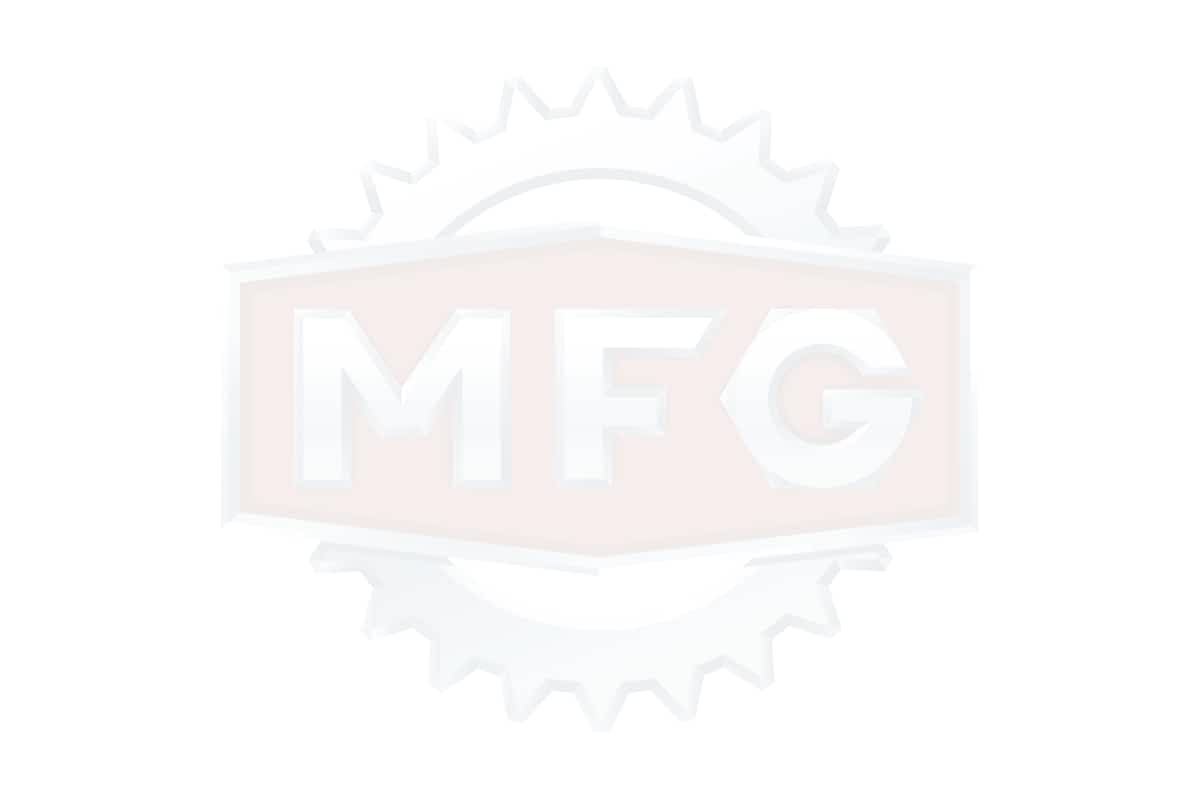Unless you happen to be a great handyman, performing ATV repairs can be a real pain. Sometimes, it is just easier to hire a professional so you don’t have to waste your time trying to fix something, not knowing if you are actually doing it the right way.
While that can be a relief, there are few things less stressful than thinking you are getting ripped off by a mechanic that knows more than you.
In an effort to put you at ease, and let you know what you should expect, we have compiled general price guidelines for all the common ATV repairs. Obviously, the market you live in is going to play a big part in the price, as well as how reputable the mechanic or dealer is that you are using.
You can also save some money doing it yourself if you are willing to learn how. For comparison sake, I am also sharing the cost of the parts so you know what you would be paying to do it yourself. Just remember, a lot of these jobs will require specialized tools, so factor that cost in if you need to buy new tools as well.
Getting a first service after you buy a new ATV is important because it is required under most ATV warranties. You don’t have to have a dealer do it, as they charge a premium, but you need to keep all the documentation showing it was done if you do it yourself of go to a different ATV mechanic.
Part of the first service includes swapping out the “break-in” oil for regular oil. The rest of it is checking the valves, changing the other fluids, changing the spark plugs, adjusting engine idle speed, inspecting the major systems and other maintenance that doesn’t justify the high cost, especially since I would hope everything is in good shape after just 25 hours of ride time.
How much does the first service cost? It will likely run you $150-350 depending on your dealer and your ATV. ATV riders generally consider this price exorbitant and a definite way for the dealer to try and milk extra money out of you. If you aren’t comfortable doing it yourself, try getting it thrown into the deal for free, or heavily discounted, when negotiation a sale. Getting stuff thrown in is pretty standard when negotiating an ATV deal, as we discussed in this guide.
Getting stuff thrown in is pretty standard when negotiating an ATV deal, as we discussed in this guide.
A basic oil change in an ATV should include an oil filter change, and it shouldn’t be that much more than an oil change in your car. How much does an ATV oil change cost? You can probably expect an ATV oil change to run about $30-55 total.
If you want to change your own oil, the 2-3 quarts of oil you will need is going to run you $10-30 on Amazon depending what you go with. Doing the oil change yourself will only take about 20 minutes once you get the hang of doing it.
Replacing Air FilterMost of us ride our ATVs in dirty conditions. That’s kind of the point right? The problem is it cloggs up the air filter real quickly. A dirty filter lowers your gas mileage and causes poor engine performance. While you can clean it to expand the filter’s life, you will want to replace it fairly regularly.
How much does it cost to replace an air filter? Most dealers only really do it as part of a more full service, so just do it yourself if needed since it is super easy. A new air filter will cost you $5-50 on Amazon or cycle-parts.com, depending what ATV you own and what brand you go with.
A new air filter will cost you $5-50 on Amazon or cycle-parts.com, depending what ATV you own and what brand you go with.
How much does an ATV tune-up cost? Generally, an ATV tune-up is going to cost somewhere between $100-400, depending on what services are included. There is a wide range here because of the wide array of what is typically included. You can expect a typical tune-up to include some of the following services. The more that is included, the higher the price is going to be.
Replacement of brake pads should include new pads and the bleeding of the brake system.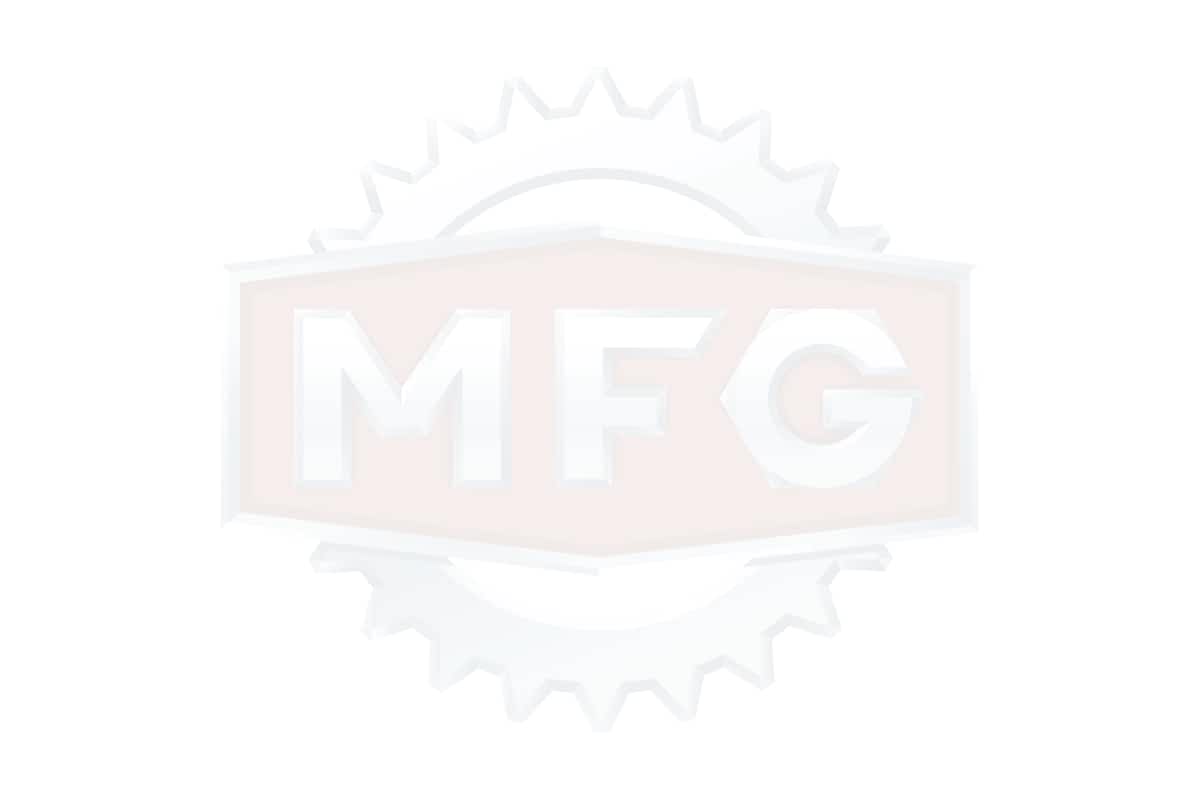 Both sides should be done at the same time to ensure maximum performance and safety. How much does ATV brake pad replacement cost? About $40-70 per side.
Both sides should be done at the same time to ensure maximum performance and safety. How much does ATV brake pad replacement cost? About $40-70 per side.
If you want to replace the brake pads yourself, they will run you anywhere from $10-60, depending on your ATV and the brand you choose, if you order them from Amazon or cycle-parts.com.
Top-End Rebuild.A top-end rebuild includes typically includes the valves (including valve seats, shims and guides), piston rings, cylinder wall hone, de-carbonized combustion chambers, replacement and and base gaskets and seals, R&R idler guide or tensioner, and spark plugs. It is designed to improve the fuel economy, efficiency, and overall performance of your ride.
How much does an ATV top-end rebuild cost? Generally, it will run between $500-750. The lower end of the price range is going to apply if you have a 2-stroke ATV, while the higher price range is going to be for 4-stroke ATVs.
Doing this on your own is really going to depend on how much you need to replace, but it is likely going to be in the $200-400 range.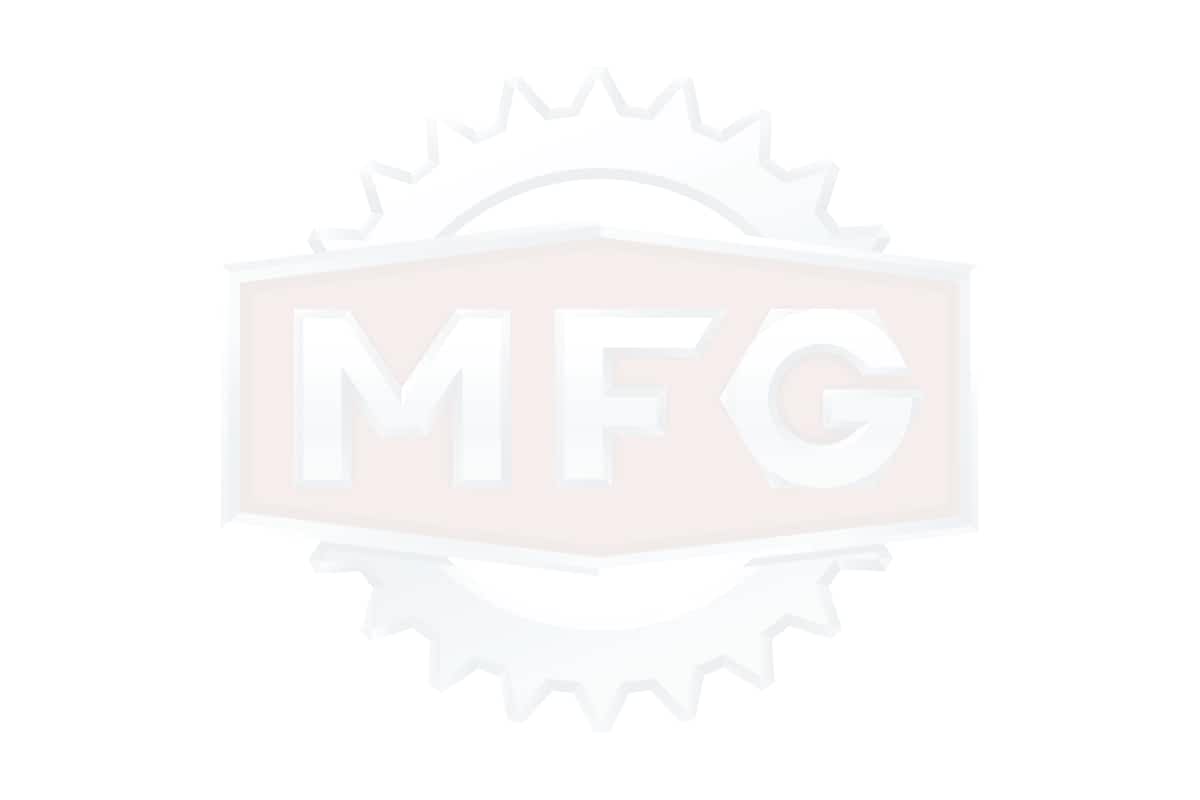 If you can get away with just buying a kit from Amazon or cycle-parts.com, it will be a bit cheaper.
If you can get away with just buying a kit from Amazon or cycle-parts.com, it will be a bit cheaper.
An ATV carb overhaul should include the disassembly, cleaning, clearing of all passages, reaming jets, tuning accelerator pump timing and replacement of needed parts. How much does an ATV carb overhaul cost? Typically, it will cost between $75-200. Keep in mind, that is going to be per carb, so you will want to know how many carbs your ATV has.
You can buy your own Carburetor kit from Amazon or cycle-parts.com for $20-40 depending on the model of your ATV.
Clutch ReplacementA standard clutch replacement should include the replacement of the clutch plate and an oil change. The price is going to go up significantly if you are looking at changing out the entire clutch system.
How much does the clutch replacement cost for an ATV? About $150 unless you are doing the whole clutch system, then you can expect $300-500.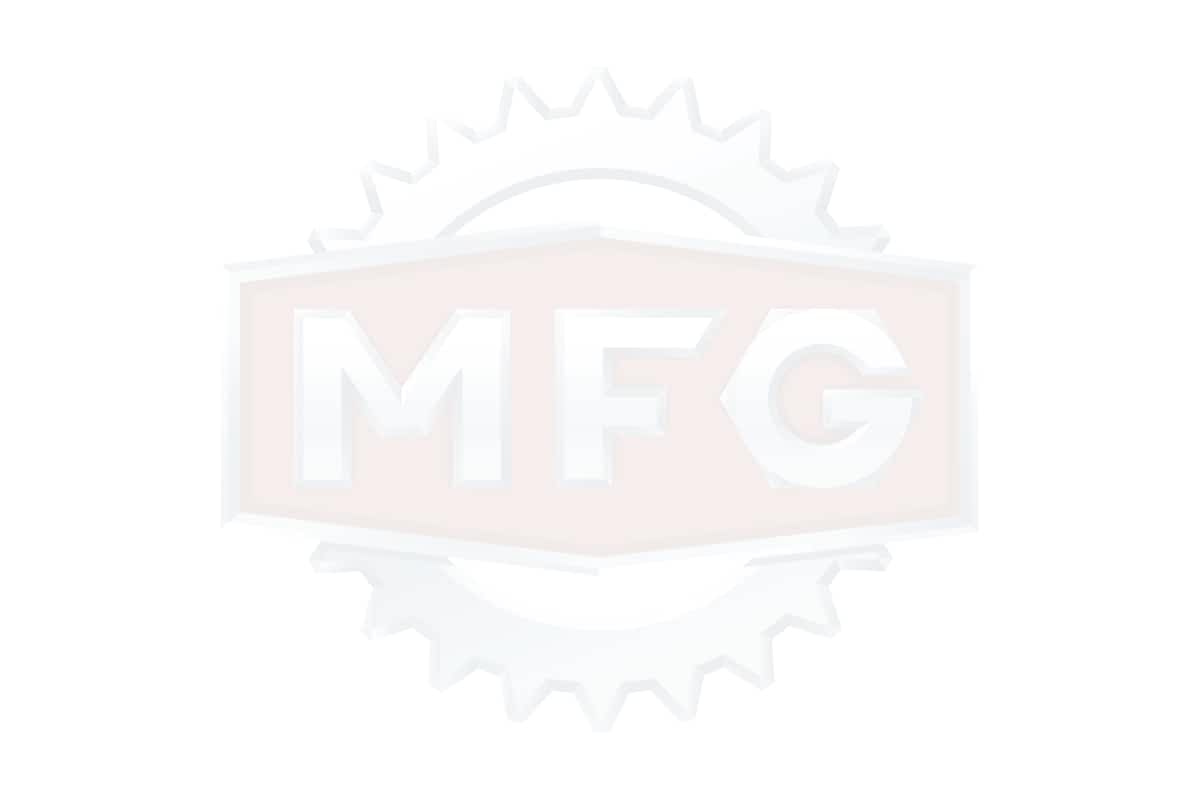
Doing it yourself is going to cost you $50-150 depending on your ATV. The time it is going to take is also going to depend on your ATV, as some models, like the Raptor, require you to pull the motor, while some models, like the Warrior, do not.
If you don’t have to pull the motor, you can probably get it done in under an hour. If you have to pull the motor, you are looking at two to three hours.
Valve Job or AdjustmentHow much does an ATV valve job or adjustment cost. You should expect to pay about $100-250 for either.
If you want to do it yourself, a set of valve’s will only cost you $5-15 on Amazon or cycle-parts.com, but you may need a shim kit as well, which could run $50-70 (shim kit is reusable).
Shock rebuildAn ATV shock rebuild typically includes the disassembly of the shock, the cleaning of all components, the replacement of any worn parts, the filling of oil and the bleeding and charging with nitrogen.
How much does a shock rebuild cost? A shock rebuild is going to run about $100-250 per shock. You may be able to get it a bit cheaper if your shocks do not have a reservoir.
The kit to do it yourself is going to run anywhere from $50-125 on Amazon or cycle-parts.com.
Water Pump Seal ReplacementA water pump seal replacement should include the flushing of your coolant system in addition to a new water pump seal. How much does an ATV water pump seal replacement cost? You should expect to pay between $75-150.
To do it yourself, you will need to pay $20-60 for a replacement water pump seal on Amazon or cycle-parts.com.
CV Boot and/or Joint ReplacementConstant velocity (CV) boots keep the lubricating grease inside the joint and the dirt out. So, if you notice a crack in the boot, you want to replace it as quickly as possible.
If the dirt and other bad stuff gets inside the joint, it will grind up all the metal parts inside the joint really quickly. Then, you have to replace the whole joint, which is a lot more expensive.
Then, you have to replace the whole joint, which is a lot more expensive.
How much does it cost to replace a CV boot? About $80-125 depending on whether you get an OEM part. How much does it cost to replace a CV joint? About $200.
If you can do it yourself, a CV boot is only about $15 on Amazon or cycle-parts.com. You can expect the job to probably take about two hours.
Coolant ChangeHow much does a radiator coolant change cost in an ATV? Generally, you will pay about $60-100. Changing the coolant yourself will take an hour or two and the coolant will run $20-30. You will need 2 quarts to get get the job done.
Brake Fluid ChangeHow much does an ATV brake fluid change cost? It is likely going to cost $50 each for the front, rear or clutch system. You can flush and replace your brake fluid by picking up some DOT 3 or DOT 4 (don’t mix) on Amazon for about $10-15.
Chain and Sprockets ReplacementA chain and sprocket replacement should include both front and rear sprockets and the chain. It’s always a good idea to replace your chains and sprockets at the same time. You’ll notice a difference in the way your vehicle runs, shifts, and sounds.
It’s always a good idea to replace your chains and sprockets at the same time. You’ll notice a difference in the way your vehicle runs, shifts, and sounds.
How much does an ATV chain and sprocket replacement cost? You should budget between $100-200. The difference is going to depend on the cost of the chain and sprocket kit for your ATV. Those typically run $50-125. You should expect to be charged about $50 for labor.
If you want to do it yourself, it should take just under an hour and the kit will be $50-125 on Amazon or cycle-parts.com.
Chain adjustment and cleaningIf you just have a grimy chain and don’t need a full replacement, you can get it cleaned, lubed and adjusted. This will dramatically increase the life of your chain. How much does an ATV chain adjustment and cleaning cost? It should only cost about $15-25.
Tire ChangeHow much does an ATV Tire Change cost? The labor should run no more than $25 per tire, but the total cost is going to depend on the tires you get. ATV tires can run anywhere from $20-250 per tire.
ATV tires can run anywhere from $20-250 per tire.
The basic tires are going to be cheaper, while your more specialty tires like mud, sand or snow tires are going to be most expensive. Doing it yourself is just going to save you the installation fee.
General wisdom says that you should clean or even partially rebuild your carburetor at least every year if your vehicle is rarely used. In contrast, a complete carb rebuild is usually not required until a lot of wear is noticed on the internal components.
However, as you will see, the carb cleaning/rebuilding intervals depend on many factors like which type of carb it is or the quality of the fuel.
If you want to find out more about this topic, this post is for you.
We at PowerSportsGuide have compiled all you need to know under one roof!
Let’s face it, no matter how precisely you take care of your vehicle, the carburetor is prone to gumming up over time.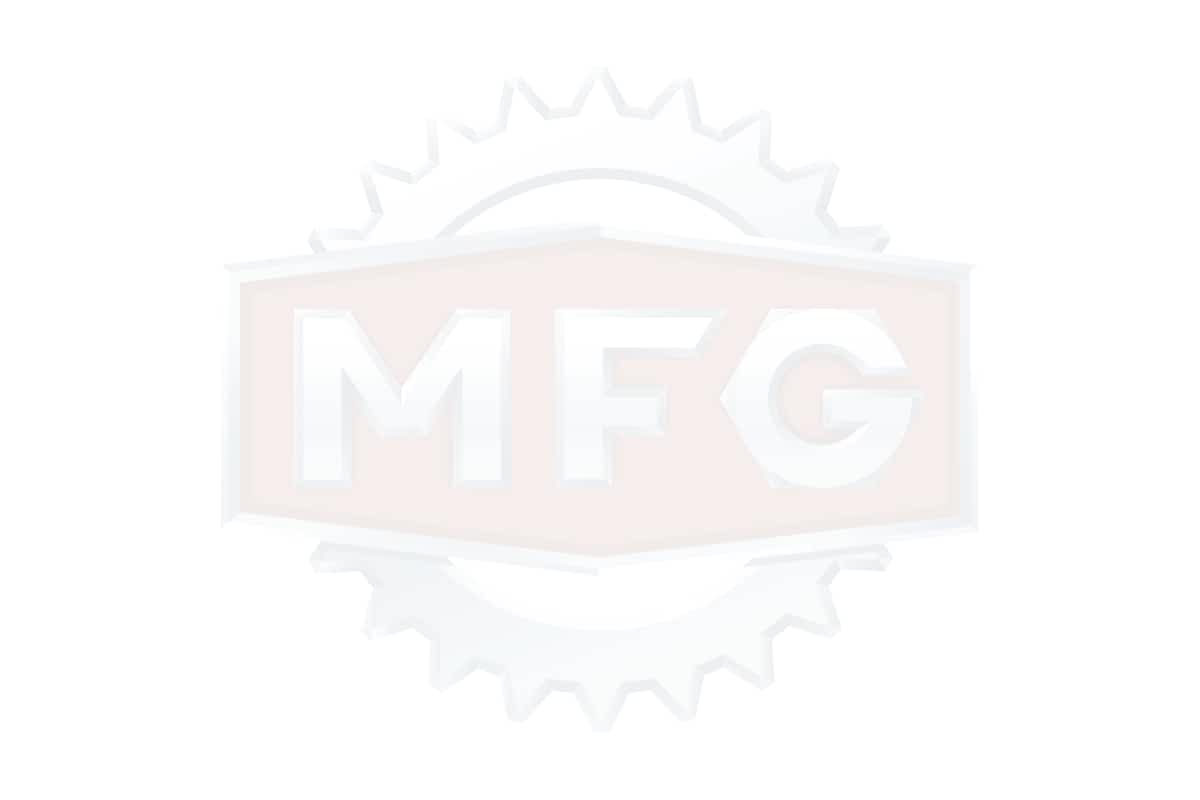 This buildup of gunk can clog the carb or even find its way into the engine.
This buildup of gunk can clog the carb or even find its way into the engine.
What’s more, the carburetor internals, especially the gaskets and seals can also age, which causes various malfunctions.
To avoid these issues, it’s wise to clean or even rebuild the carburetor from time-to-time.
But before we drill into the details, we have to define what a “carburetor rebuild” means exactly.
In a nutshell, rebuilding a carburetor means replacing its internal components, completed by a thorough cleaning. Based on the number of parts replaced we can distinguish between partial and full carburetor repairs.
Let’s get down to the nitty-gritty a look at your options when it comes to carb repair and maintenance:
There’s no question that cleaning is the cheapest and easiest carb maintenance available.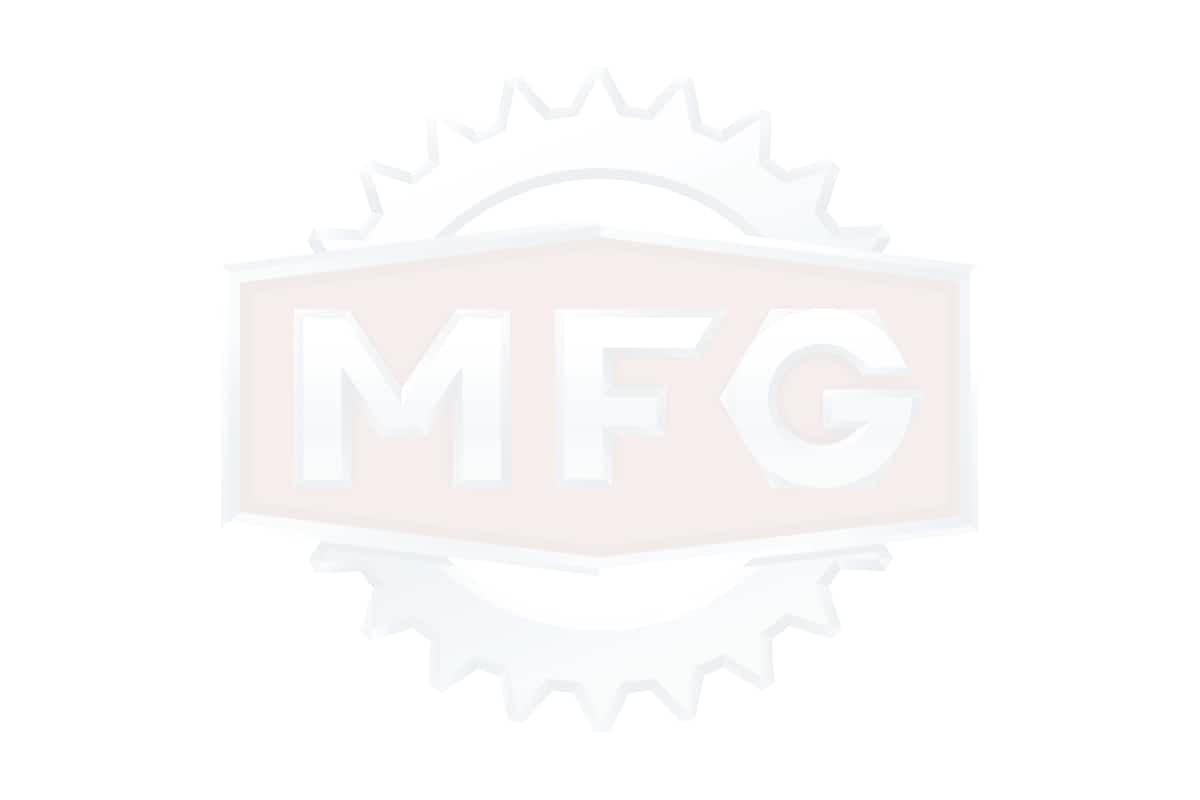 This process requires you to pull the carb out, take it apart, and soak the parts in a bath of eco-friendly carb cleaner.
This process requires you to pull the carb out, take it apart, and soak the parts in a bath of eco-friendly carb cleaner.
This simple process helps remove the buildups from the carb and restore its former performance.
2. Partial Carb RebuildUnfortunately, a simple cleaning is sometimes not enough to get the carb in good shape.
This is because the needles and jets are prone to completely clogging if too much dirt gets into them. What’s more, the gaskets and O-rings also age over time.
This is where a partial carburetor rebuild comes into play.
As the name suggests, a partial carb rebuild means replacing the defective internal components, but not all of them. These parts typically include the O-rings, gaskets, needles, and jets.
These parts typically include the O-rings, gaskets, needles, and jets.
To manage this maintenance, you have to invest in a “partial carb rebuild kit” (a.k.a. “carburetor repair kit”). These affordable kits are sold for almost every type of carb regardless of their age or type.
Just dismantle and clean the carb, but when it comes to reassembling, you can install the new parts from the kit. It’s as simple as that!
3. Full Carb RebuildUnlike a partial rebuild, a full carb rebuild requires you to replace every internal part of the carb. Keep in mind that a full carb rebuild is only necessary if you notice a lot of wear on the major parts like the throttle shaft.
For a complete carb rebuild, you will need a “full carb rebuild kit,” which includes all of the necessary components. These kits typically include needles, jets, O-rings, gaskets, diaphragm, air screw, springs and clips, screws, and metal washers.
Just make sure to double-check the description of the kit before you order it to make sure it includes all the required parts. The exact composition of the kits varies widely depending on the make and type of kit.
Also, if your vehicle features more carburetors, you will need more kits of course.
4. Carb ReplacementSometimes it makes sense to replace the entire carburetor instead of completely rebuilding it. If the throttle shaft has too much play or the plates have worn into the carburetor body, it could be a sign that the entire carb has to be replaced.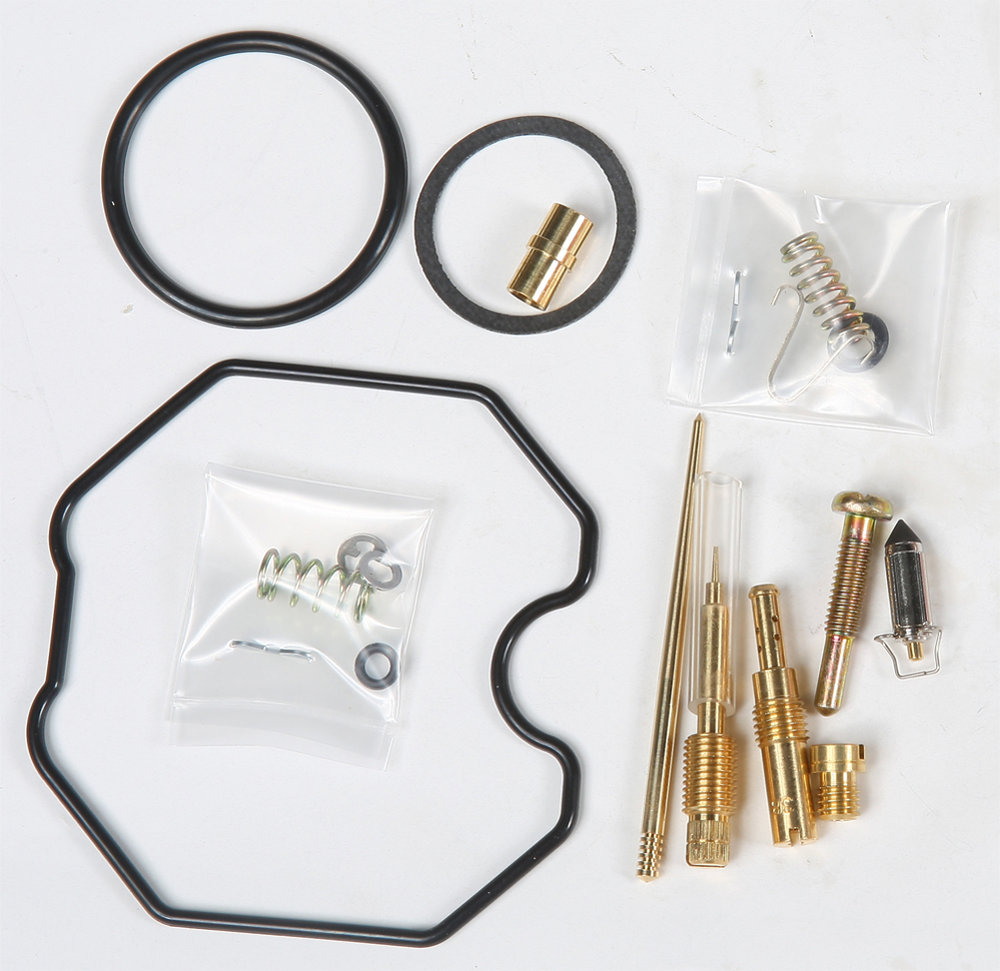
Surprisingly, new carburetors are often affordable since they are designed for mass production and sold in large quantities.
Replacing your old carb for a new one is a lot faster and easier than cleaning and rebuilding the old one. A complete rebuild can be especially tiring if you have more than one carb.
Consequently, you may want to consider replacing the carbs instead of completely rebuilding them.
How often should I rebuild my carburetor? – we get this question more often than not.
Although there’s no specific time recommendation for carburetor cleaning and rebuilding, the general rule is that the less often you use your vehicle, the more often its carb needs to be cleaned or even rebuilt.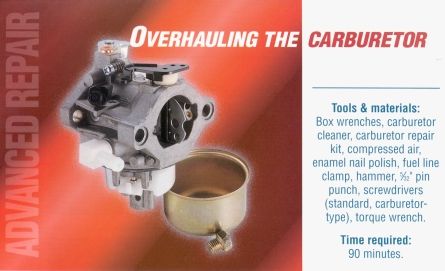
This is because when the engine sits for an extended period of time, the fuel starts to gum and clog the carbs.
The type of fuel is no less important. Today’s gasoline contains ethanol, which deteriorates the rubber components like seals, gaskets, and the float.
On top of that, the required carb maintenance interval depends on many other factors like the type and design of the carbs, and the way you use the vehicle.
Nevertheless, here are some tips to get some idea of when you should clean or even rebuild your carbs:

Rebuilding a carburetor is considered simple routine maintenance, but it requires some time and patience. The difficulty of the work strongly depends on the design and the number of carburetors since the arrangement and the complexity of these units vary widely.
For example, lawnmower carburetors typically feature a fairly simple design, while high-performance powersport vehicles have much more complex carbs.
For example, certain ATVs and snowmobiles come with special safety features (like Yamaha’s T.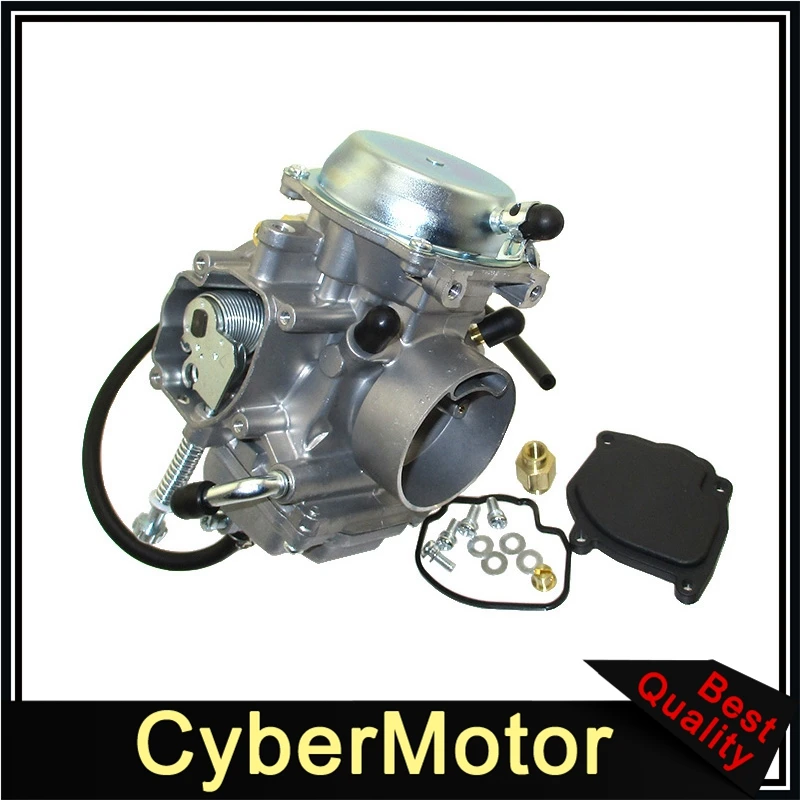 O.R.S. system) which adds some complexity to the carbs.
O.R.S. system) which adds some complexity to the carbs.
We won’t even mention electronically controlled carburetors, which are more difficult to maintain and rebuild than their regular counterparts.
Can You Rebuild a Carburetor Yourself?You can rebuild a carburetor even by yourself if you have the required tools and a clean, well-lighted place to work comfortably. Best practice is to manage this maintenance on a table where you can sit down.
Besides the above, you will need an appropriate carburetor repair kit, cleaner liquid, rugs, paper towels, and a small container to soak the parts in.
Beware that you will need a lot of patience as you will have to pay attention to the details and cleanliness.
If you are not mechanically inclined, you may want to get the job done by a professional. Keep in mind that after reinstalling the carb you will also have to adjust it for optimal performance.
This process can be tricky if your engine features more carbs since they have to be synchronized, which requires some expertise.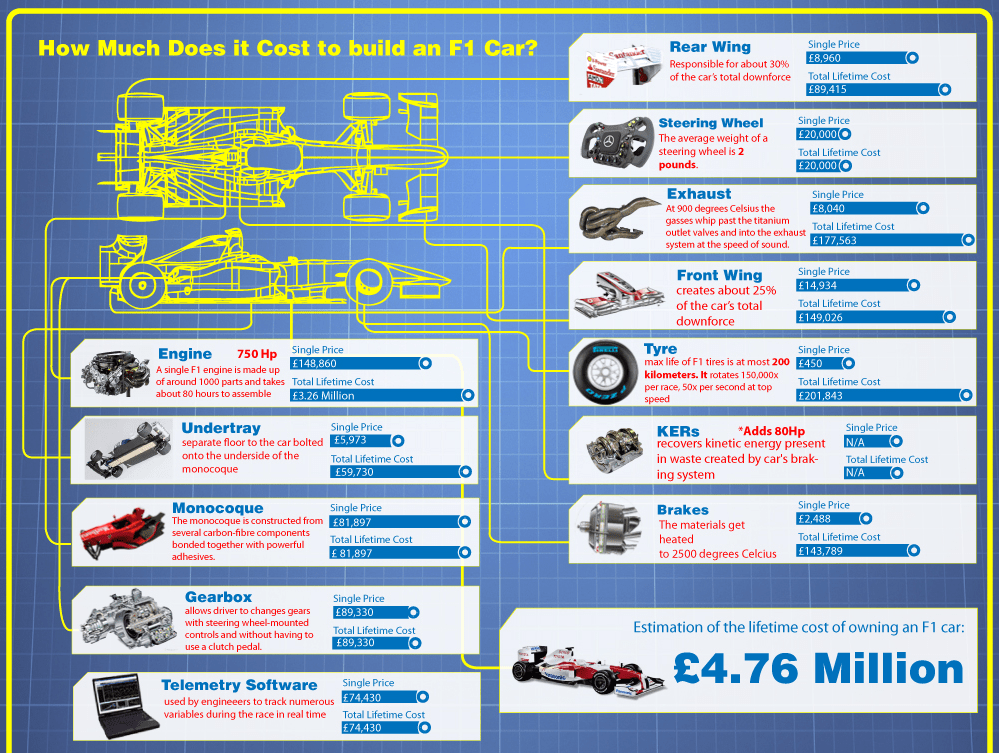
Sometimes it’s worth completely rebuilding a carburetor, while in other cases a replacement is a better choice. This strongly depends on the type of carbs you have, the price of a full rebuild kit, and a complete carb, and the value of your time of course.
As a rule of thumb, rebuilding carburetors cost about $10-$100 per carb if you do the work yourself. A partial carb rebuild kit costs about $10-$20 per carb, while the prices of complete kits range from $20 up to $100. You will also need a can of carb cleaner liquid, which may cost you about $5-$10.
Therefore, you can partially rebuild a simple carb for a couple of bucks, while a complete rebuild of four complex carbs may cost you more than $400.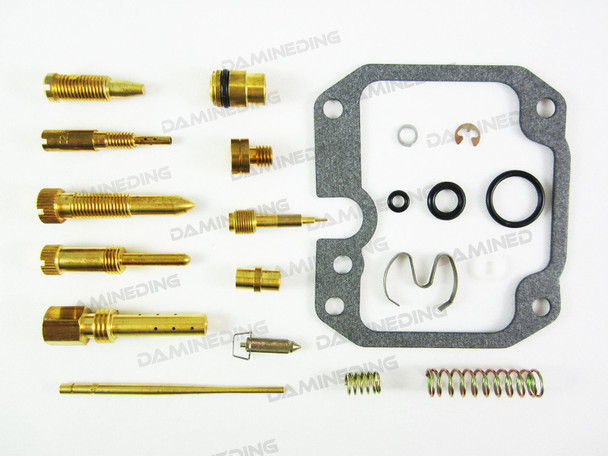
If you want to get the work done by a service shop, don’t forget to budget for the cost of labor.
Let’s take a closer look at carburetor rebuild kits!
Are all carb rebuild kits the same?
If you are considering rebuilding your carbs, keep in mind that not all carb rebuild kits are the same.
The design of carbs varies from one model to the next, so each carb has its own rebuild kit. What’s more, you can often find different kits for the same carb, which contain different components.
The cheapest carb rebuild kits are usually partial rebuild kits that contain only a few components. On the other end of the spectrum, you can find full rebuild kits that come with everything you need for a complete carb rebuild.
Sometimes you can find “middle-level” kits that fit between these two worlds.
How do you know which carburetor rebuild kit to buy?
To figure out which carburetor rebuild kit you need, you should check your vehicle’s owner’s manual. The manual clearly describes the exact type and model of your carburetor.
The manual clearly describes the exact type and model of your carburetor.
If the manual isn’t available, you can also identify your carb by the list number stamped on the side of the carburetor’s body.
Based on this number and your vehicle’s year and specs, you can get the exact type of your carb from part catalogs or online databases.
Can carburetor gaskets be reused?
If the gaskets are in a good condition you can reuse them without any problems.
If you use your vehicle regularly, you can run it for many years without rebuilding the carburetor. However, a thorough cleaning before each season is always a good idea to remove the potentially accumulated gum from the carb.
Rarely used vehicles typically require at least an annual cleaning, or often a partial carb rebuild. This maintenance includes replacing the O-rings, gaskets, needles, and jets.
It’s also wise to partially rebuild the carb on vehicles that have been sitting for a long time.
A full carb rebuild is only necessary if there’s significant wear on the major parts.
If you are not mechanically inclined, you can get your carbs rebuilt by a service shop. Your other option is investing in a new carb, which can be a worthy alternative to a full carb rebuild.
References:
Partzilla.com
Briggsandstratton.com
How to adjust the carburetor on an ATV? What to pay attention to? What are the signs of misuse of the device? About this today in our article. Using the proposed instructions, you will be able to set up the carburetor step by step without the help of specialists.
For stable operation of the ATV, it is necessary that the engine receives the optimal amount of combustible mixture corresponding to its rpm range. Otherwise, the following problems may occur:

What needs to be applied in this case:
Important! Carry out tuning only when the carburetor is cleaned outside and inside, as well as when the engine is warmed up to operating temperature.
 1 until it stops. Wait for the gasoline to merge completely, and tighten screw No. 1 back.
1 until it stops. Wait for the gasoline to merge completely, and tighten screw No. 1 back. 
Note. The location of the bolts on each carburetor model may vary, so read the instructions that came with your machine.
1. Start the ATV and test ride. Wait until the engine has completely cooled down.
2. Check the condition of the spark plug. To do this, unscrew the cap and inspect the candle.
What to look for:

3. Unscrew the needle cover at the top of the carburetor. Pull the needle. This is the main element that regulates the supply of fuel to the combustion chamber, since the needle is connected to the gas trigger. When the trigger is pressed, the needle rises, slightly opening the hole for supplying the fuel mixture.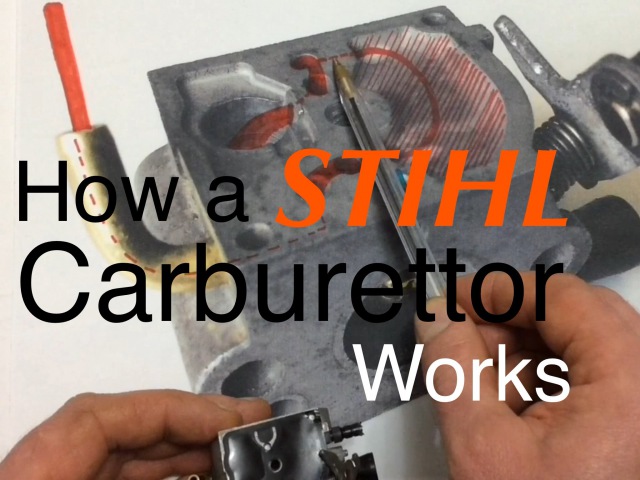 This directly affects the growth of power and speed of the ATV.
This directly affects the growth of power and speed of the ATV.
4. Remove the cable, then press the needle to pull it out. The needle has 5 grooves and a retaining ring. By default, it is set to medium. The lower the retaining ring is located, the higher the needle is raised, which means that a lot of gasoline and little air is supplied. Accordingly, the higher the ring - the less gasoline and more air.
5. Reposition the circlip in the desired direction to optimize carburetor performance. Insert the needle into place.
6. Start the engine and press the throttle trigger. With proper adjustment, the engine should not stall from a sharp pressure.
And remember, you should resort to adjusting the needle only as a last resort, when adjusting the quality and quantity screw does not bring results.
The performance of a four-wheeler depends on the correct level of gasoline in the carburetor. An excessive amount will flood the candles, spill onto the ground and lead to unnecessary expenses. If there is too little fuel, the engine simply will not start.
An excessive amount will flood the candles, spill onto the ground and lead to unnecessary expenses. If there is too little fuel, the engine simply will not start.
How to optimize the fuel supply

The operation and life of the engine directly depends on the quality of the fuel mixture. The carburetor is responsible for the preparation of the composition, but after prolonged use of the equipment, the settings “go astray”. This results in:
 Traction can disappear for one or several seconds. But the most unpleasant thing is that such failures occur sequentially, which significantly interferes with speed gain.
Traction can disappear for one or several seconds. But the most unpleasant thing is that such failures occur sequentially, which significantly interferes with speed gain. Many riders who decide to buy an inexpensive ATV simply do not spare the technique and ignore this procedure. But even if you plan to change your device in 1.5-2 years, adjustment is needed. The reason for this is increased fuel consumption. A quad with an untuned carburetor "eats" 30-40% more gasoline, and these are tangible costs.
So how do you adjust the carburetor on a Chinese ATV? For this you need:
 The procedure is performed using a special screw, which is responsible for the quality of the composition and the number of revolutions.
The procedure is performed using a special screw, which is responsible for the quality of the composition and the number of revolutions. However, it is important to remember that all adjustments are made only with a "clean" carburettor. This means that the rider needs to remove all the dirt from the node and flush the system to remove condensation and sediment from it.
Note: The engine must be warmed up to operating temperature immediately before adjustment.
To set the carburetor idle speed, the float chamber must first be cleared of fuel. To do this, start the ATV, close the fuel cock and wait until the machine stalls (5-10 minutes). To speed up the process, you can take a little ride on the quadric. Of course, gasoline can be drained, but in any case you will have to warm up the device, so the first method of "removing" gasoline is more effective.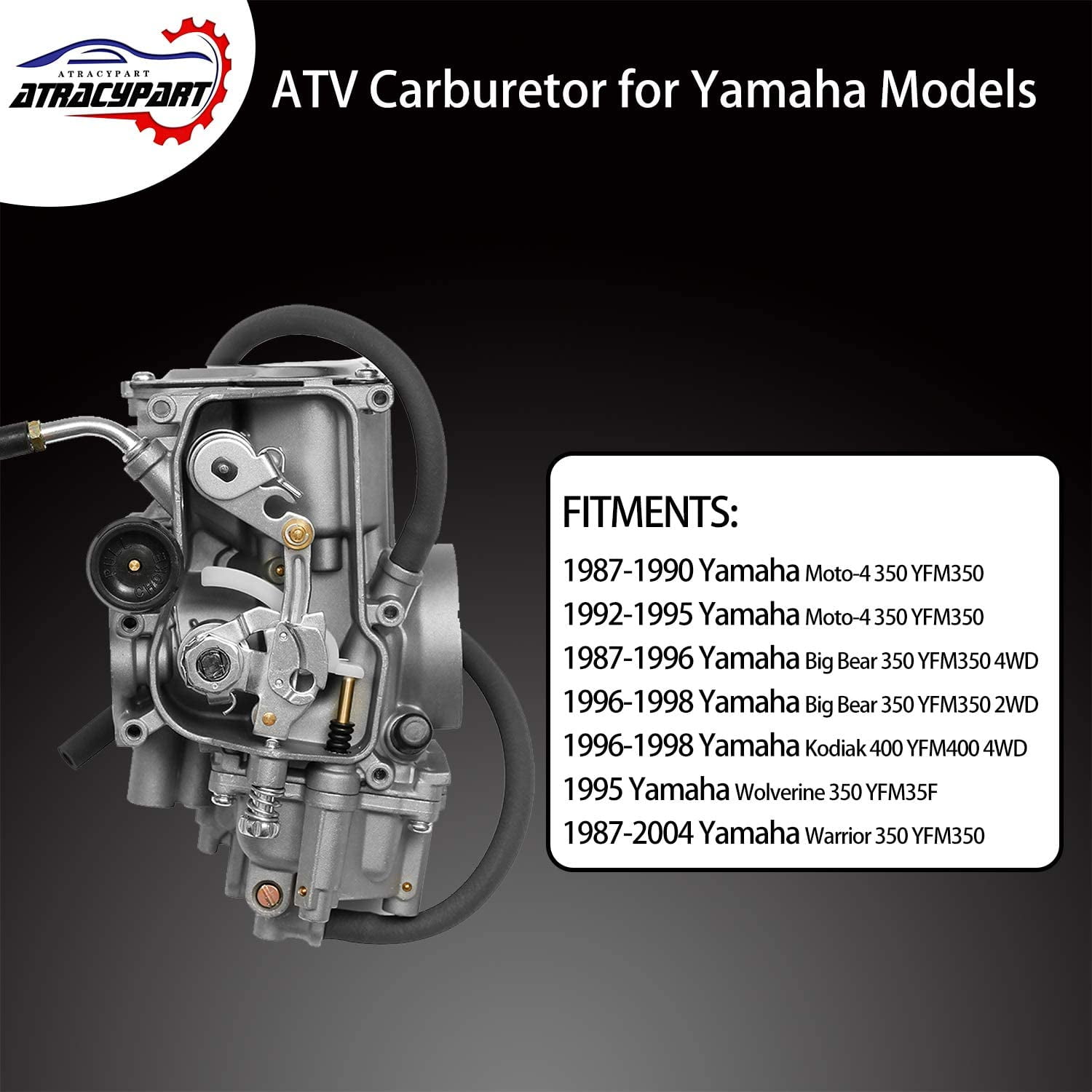
Then:
Read the manual before adjusting the carburetor on a 125cc ATV to be sure. Remember that the location of the bolts is different in different devices, so read the documentation in advance.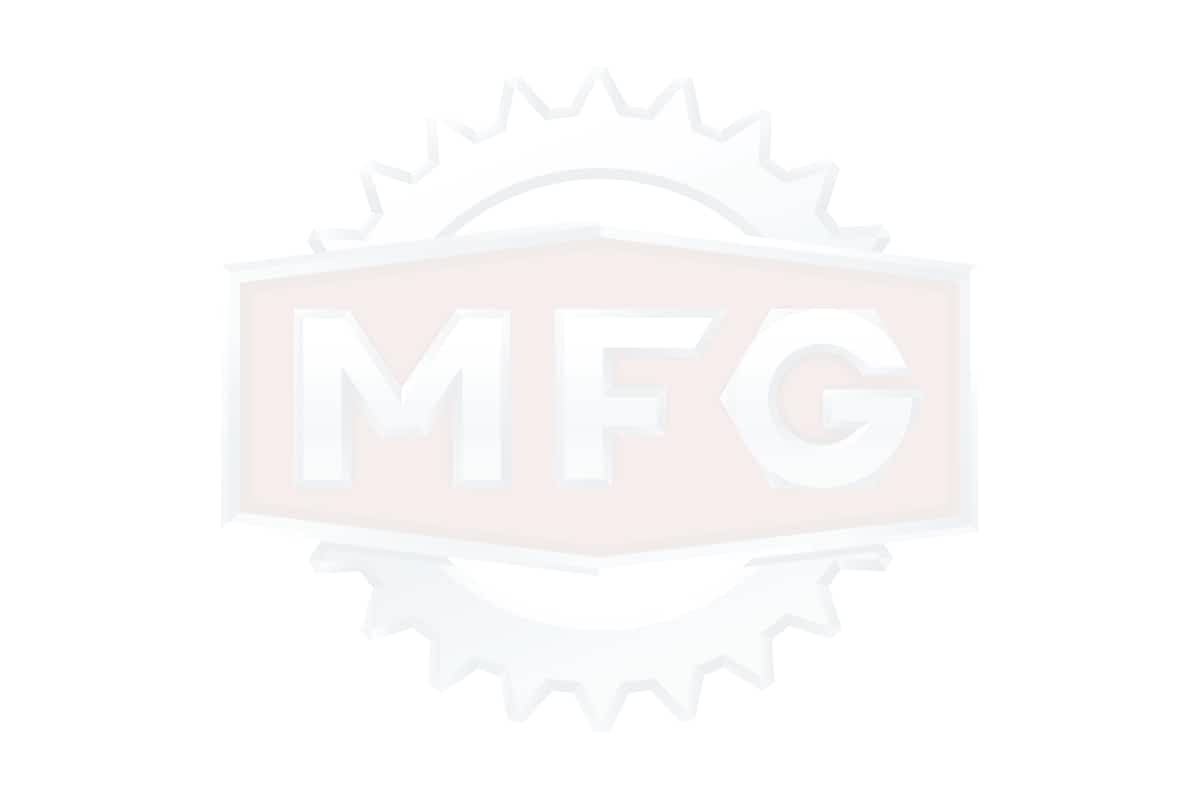
To evaluate the quality of the fuel composition, make a test run. After that, unscrew the candle, and evaluate its condition. If it is:
Also look out for these "symptoms": damaged tip (electrode failure), oil deposits (damage to rings and caps), chips and inclusions (sign of motor failure).